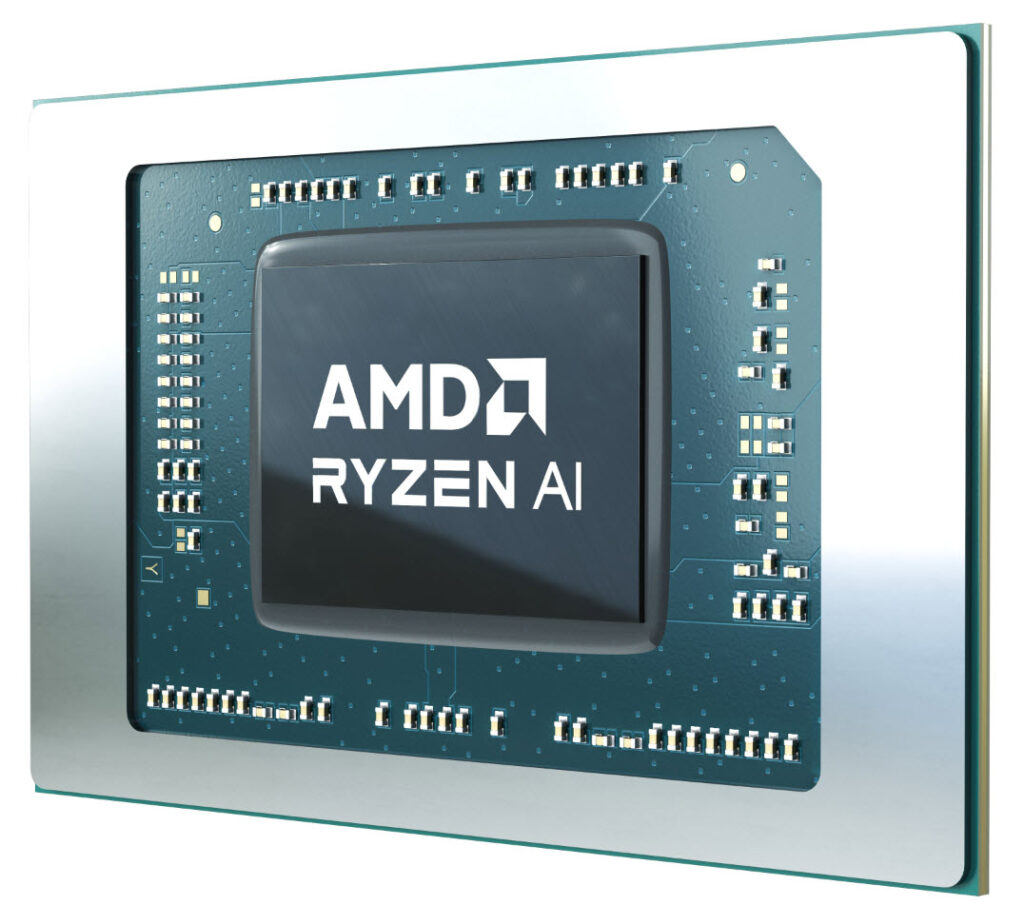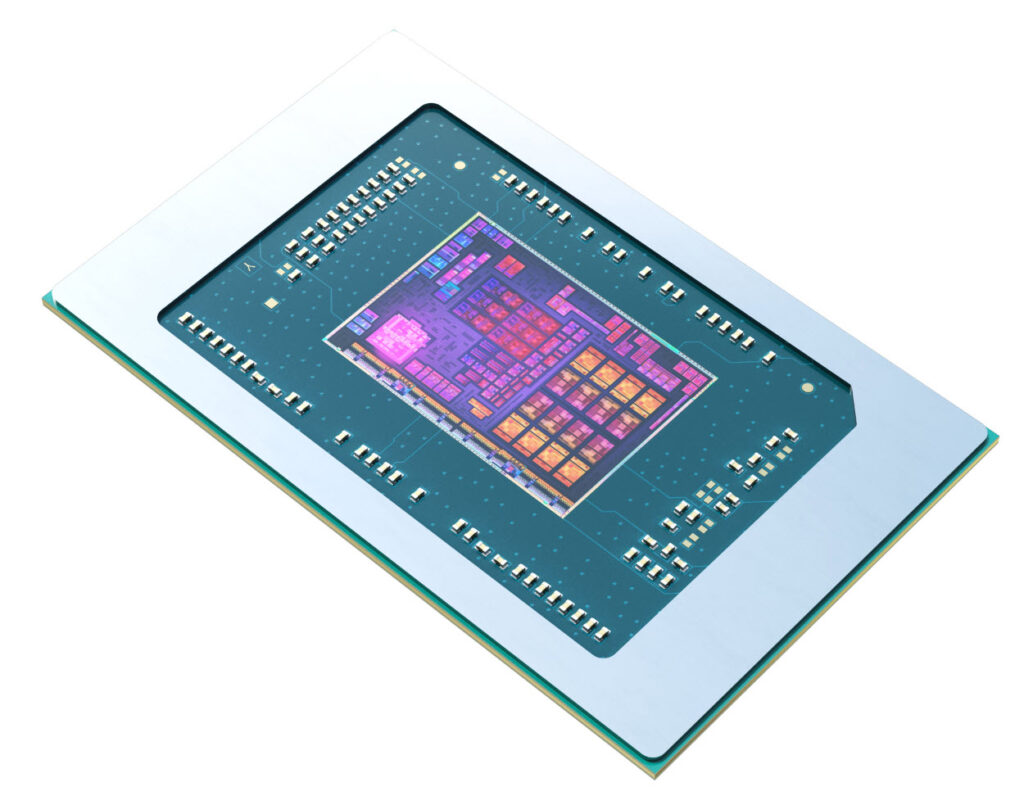Artificial intelligence was the hottest topic of 2023, with ongoing investments and technological advancements. Companies across the spectrum, from hardware firms like Dell to software giants like Microsoft, cloud service providers like Google and AWS, to chip manufacturers like AMD, are all participating in the AI race. This includes companies launching direct AI tools like ChatGPT, CoPilot, Gemini, as well as many working behind the scenes on innovative AI applications and solutions.

At CES, numerous innovations were showcased, and now companies are preparing for the Mobile World Congress (MWC) in Barcelona in 10 days. We asked AMD’s Senior Processor Technical Marketing Manager, Don Woligroski, about AMD’s AI roadmap.
How does AMD see the future of the AI era and which parts of this era will AMD be present?
While we are still in the early days of the new era of AI, it’s clear that AI will be the most important technology of the next 10 years. From enterprise to personal to societal productivity, AI represents a multi-billion-dollar growth opportunity for AMD across cloud, edge, and an increasingly diverse number of intelligent end points. Namely, if you look at where we have been and where we are going, last year at CES we launched the first x86 processor for laptops with a dedicated AI engine, and in 2024, we expanded that leadership to desktop, bringing more AI processing power to PCs. Beyond that, we are also hyper-focused on delivering leadership performance both in the data center and in embedded computing.
Looking more broadly, our AI strategy is focused on three key areas, as outlined by our CEO, Lisa Su. First, we will deliver a broad portfolio and multi-generation roadmap of leadership Graphics, Processors and adaptive computing solutions. Second, we will extend the open and proven software platform we have established that enables AI hardware to be deployed broadly and easily. And third, we are going to expand our partnerships across the ecosystem to accelerate deployments of AMD-based AI solutions at scale.

At CES 2024, the hype was the PC’s that has native AI support from the core. How will the 2nd generation AI PCs powered by AMD Ryzen™ differentiate the user experience? What kind of advantages does AI provide for the PC’s, and how does AMD support those advantages?
From a pure performance standpoint, the Ryzen 8040 series Neural Processing Unit (NPU) can offer up to 60% performance improvements compared to the 7040 series. But AI processing isn’t an NPU-only task, it relies on the graphics processor and even the CPU as well. And we believe that Ryzen is superior in all 3 categories. For AI-focused processing across all of these compute resources the 8040 series can reach up to 39 TOPS of performance, compared to 33 TOPS with the 7040 series.
AMD differentiates our AI position in 3 key areas:
First is performance, where we have a sizable advantage on both the NPU and the integrated graphics, demonstrable in benchmark tests. Having the performance to drive next-gen experiences is key, and AMD has it.
Secondly, AMD is the only company in the world with an AI portfolio that broadly covers dedicated AI accelerators for diverse use cases – AMD Instinct, AMD Alveo, and AMD Versal products – for use in servers and on the cloud; it is the only company that has taken this AI expertise to both laptop and desktop consumer processors; and it provides the leading workstation processor solutions as well for AI applications. This expertise is a product of decades of AI experience, originally from AMD but also from strategic acquisitions like Xilinx. Our portfolio and expertise should drive a lot of confidence with consumers that we know how to architect the hardware that consumers will really benefit most from.
Thirdly, our market adoption drives a lot of confidence and choice for consumers. AMD has shipped millions of Ryzen AI processors already, and these power some of the most desirable platforms in market today. The competition is only starting to roll out their first NPU-enabled processors, while AMD has already launched its second with the Ryzen 8040 series. And we still have the only NPU-enabled processor in desktops, the 8000G series.
User experience really comes down to the software at play here. There is a lot of movement happening on the software side; we are seeing Microsoft focus on expanding Copilots capabilities and Adobe launching many new AI-driven applications for content creators, so for the 8040 Series, the improvements we have made will enable users to run these applications faster, better and with minimal latency, creating an overall better, more-reliable experience.

Graphics is another key aspect where AI is frequently discussed. Which new models of graphic cards AMD announced at CES 2024 and what are the technical benefits of using AI in these graphic cards? And how will the gaming industry benefit from these achievements?
At CES, AMD announced the AMD Radeon RX 7600 XT, a feature-rich graphics card designed to power demanding 1080p games, content creation applications and AI workloads. The graphics card is built on AMD RDNA 3 architecture, which features new AI instructions and increased AI throughput that delivers more performance than the previous AMD RDNA 2 architecture. It also offers 64 integrated AI accelerators that are optimized to power next-generation generative AI consumer applications. Compared to its predecessor, the Radeon RX 7600, the Radeon RX 7600 XT is 1.2X faster in Llama 7B and 1.1X faster in Stable Diffusion workloads. In addition, with 16GB of VRAM, the graphics card has ample frame buffer for larger AI models – some cards with less memory (4GB or 8GB) can’t even run some of these larger models. In terms of gaming, we expect developers will increasingly integrate AI capabilities into next-gen games to dramatically improve performance and visual fidelity, and Radeon cards with AI accelerators will be able to support these games.
Connected cars, electric cars were also under the spotlight at CES 2024. And AMD promises to reshape the automotive industry with advanced AI engines and elevated in-vehicle experiences. Can you elaborate on this? When will we be able to see AMD powered in-vehicle experiences?
The completion of the Xilinx acquisition in 2022 by AMD continues to highlight the tremendous synergy between the two companies. Xilinx brought its AI engines that are being used today in automotive solutions for LiDAR, 4D radar, surround-view, object-detection, automated parking and autonomous driving. Prior to the acquisition, AMD had automotive technology for in-vehicle experiences including infotainment and advancing the digital cockpit for electric vehicles. Together, the technologies between both companies now under AMD enable a wide range of applications across the entire vehicle.
AMD technology is currently powering in-vehicle experiences for numerous OEMs, including Visteon as well as ECARX, owned by the Geely Holding Group of brands which include Lotus, SMART, and Volvo, among others. Additionally, Tesla has publicly stated its plans to use AMD SoCs with AI engines for its vehicles. Daimler has a continued long-standing collaboration agreement with AMD and its AI technology for Mercedes-Benz vehicles, which was first announced in 2019.
Outside of the vehicle, AMD Adaptive SoCs with AI technology are being used in the current generation Subaru Eyesight Platform, Hitachi-Astemo’s Stereo Forward Camera, and Aisin’s Surround View + Automated Park Assist (APA) solutions, among others.













